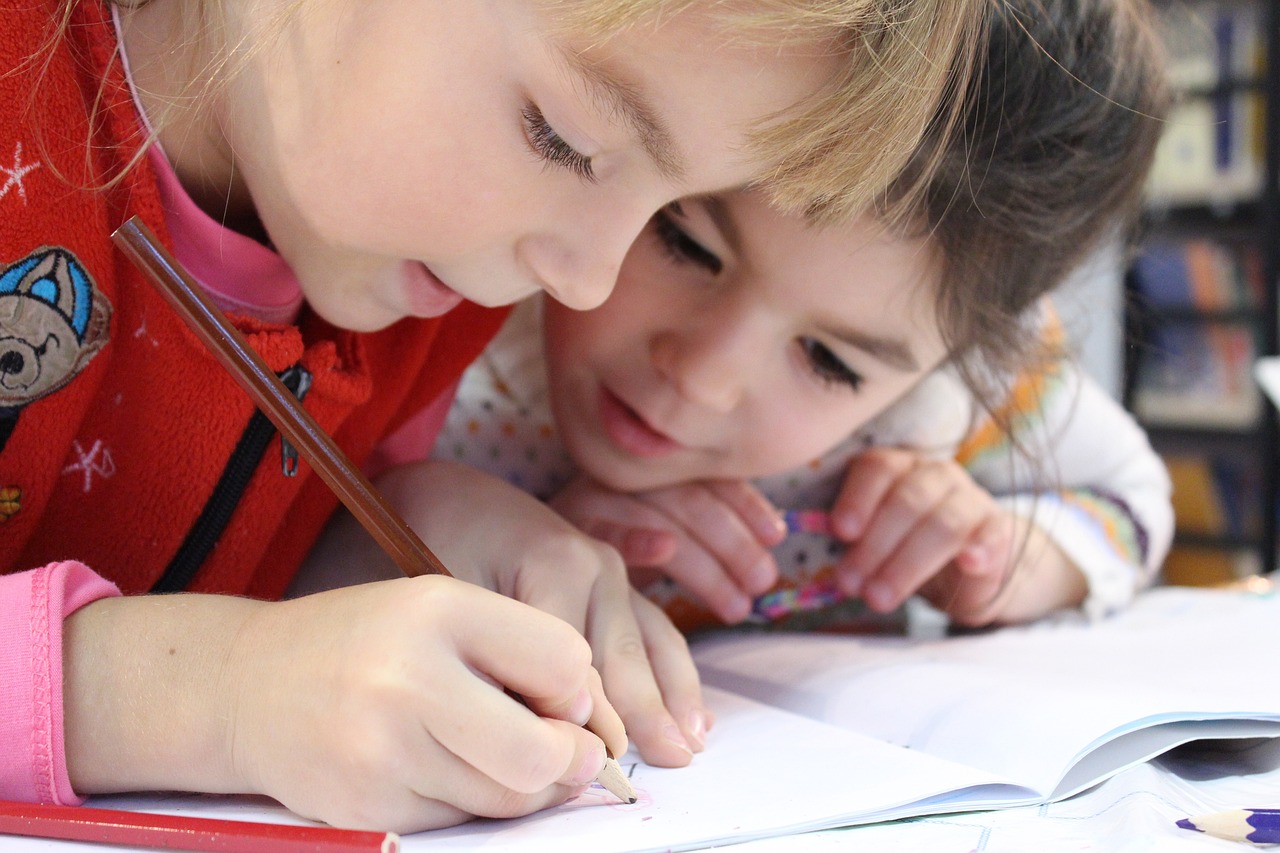[ad_1]
The expression of the soul: expressionist poetry
Introduction
Expressionist poetry is an art form that emerged at the beginning of the 20th century and stood out for its power to express human emotions and anguish in an intense and visceral way. It is rooted in expressionist painting, which sought to portray reality through an emotional representation rather than an accurate representation. In this article, we will explore what expressionist poetry is, its history, striking characteristics and some of its main representatives.
What is expressionist poetry?
A dive into emotions
Expressionist poetry goes beyond the mere objective description of reality. It seeks to reveal the individual's deepest feelings and emotions, often portraying anguish, fear, loneliness and alienation. It is poetry that speaks directly to the soul, awakening intense emotions in the reader.
The search for inner truth
Expressionist poets are interested in the individual human experience and the search for an inner truth. They explore the human condition, revealing its conflicts, its desires, its pains and its hopes. Through metaphors, vivid images and sensory language, they attempt to convey the complexity of existence and the nuances of human emotions.
Characteristics of expressionist poetry
Emotional intensity
One of the most striking characteristics of expressionist poetry is the emotional intensity present in its verses. Expressionist poets express their emotions in a direct and exaggerated way, using powerful and persuasive language. They want to shock and affect the reader, awakening an immediate emotional response.
Creative freedom
Expressionist poets value creative freedom and linguistic experimentation. They use words and phrases in unusual ways, creating new combinations and exploring the possibilities of language. Furthermore, they do not stick to traditional forms and metrics, preferring free structures that suit the expression of their emotions.
Social criticism
Expressionist poetry is also intrinsically linked to social criticism. Poets not only portray their personal emotions, but also capture the atmosphere of social change and instability experienced at the time. They expose the inequalities, injustices and alienation of industrialized society, seeking to provoke reflection and awaken the reader's conscience.
Main representatives of expressionist poetry
Georg Trakl
Georg Trakl was one of the most important Austrian expressionist poets. His poetry is marked by the use of dark and melancholic images, portraying a pessimistic view of human existence. His verses are rich in symbolism and evoke a dense and disturbing atmosphere.
August Stramm
August Stramm was a German Expressionist poet known for his innovative and experimental language. His poems are marked by intense energy and a break with traditional grammar. Stramm explored the relationship between words and sound, creating a unique and impactful poetic experience.
Else Lasker-Schüler
Else Lasker-Schüler was a German expressionist poet of Jewish origin. His poetry is characterized by a mixture of romantic and expressionist elements, portraying themes such as love, loneliness and spiritual search. His vivid metaphors and imaginative language bring to life a rich and complex inner world.
Conclusion
Expressionist poetry is an art form that seeks to express the deepest emotions and feelings of human beings. With its emotional intensity, creative freedom and social criticism, it invites us to explore our own soul and reflect on the complexity of existence. By delving into expressionist poetry, we are challenged to face our deepest fears, hopes, and longings.
FAQs
1. What is the difference between expressionist poetry and impressionist poetry?
Expressionist poetry seeks to express the intense and deep emotions of the individual, while impressionist poetry seeks to capture the fleeting impressions and sensations of the outside world.
2. Who are other famous expressionist poets?
In addition to those mentioned in the article, other famous expressionist poets include Gottfried Benn, Jakob van Hoddis, and Rainer Maria Rilke.
3. How did expressionist poetry influence other art forms?
Expressionist poetry had a great impact on the visual arts, theater and music. It influenced movements such as German expressionism in cinema and abstract expressionism in painting.
4. Is expressionist poetry just an expression of the 20th century?
Although expressionist poetry emerged as a distinctive movement in the early 20th century, its influences can be found in earlier poetry and artistic expressions. Emotional intensity and the search for expression of the soul are characteristics that can be found in various eras.
5. How can I appreciate expressionist poetry?
To appreciate expressionist poetry, it is important to let yourself be enveloped by the emotions expressed by the poets. Be open to subjective interpretations and allow yourself to be moved by the evocative words and images in the verses.
References: [https://en.wikipedia.org/wiki/Expressionism](https://en.wikipedia.org/wiki/Expressionism
[ad_2]




